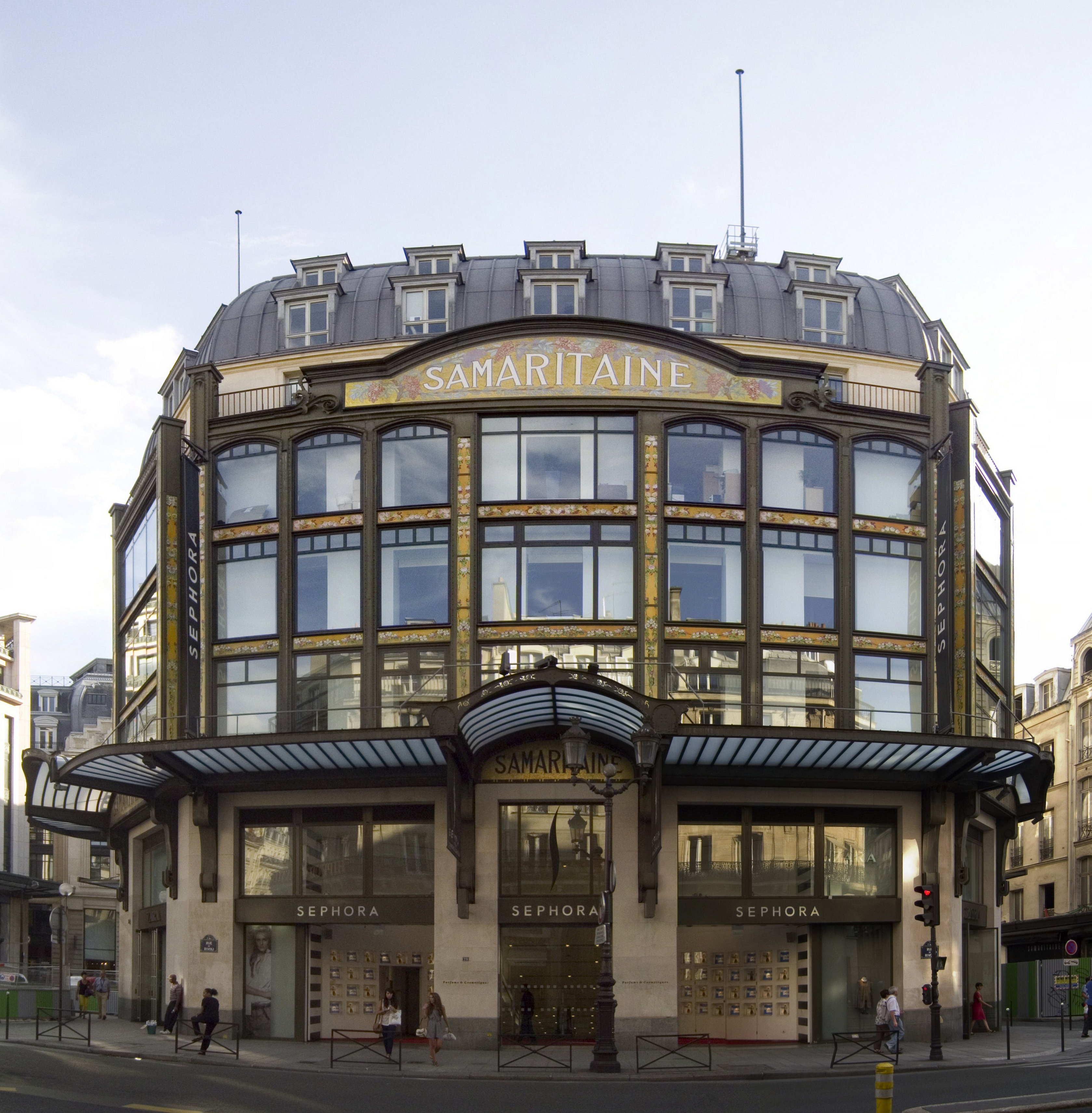Also true though is that despite the city's problems, the Vieux Port of Marseille is one of the most beautiful ports to be found not only in France, but in the whole of Europe.
So here are some photos of it that I took a couple of years back. The one here at the top of the page is the statue of the Virgin Mary with Jesus on top of the Notre Dame de la Garde, which overlooks the port and is the highest point in the city. I'm posting these photos as a reminder that Marseille is not just about violence, it's about a historical past, grace and elegance too.
----------------------------------
Humans have inhabited Marseille and its environs for almost 30,000 years, but the Vieux Port didn't begin to take on an international aspect until after the Greeks arrived there. There is testimony to that in the form of a commemorative plaque that is imbedded into the quayside. It reads;
It was here that Greek sailors who had come from the Greek city of Phocea in Asia Minor came ashore in about 600 BC. They founded Marseille, from where civilisation would illuminate the West.
The port is of the picture postcard variety and it's easy to understand why.
The Vieux Port is home to many sailing boats and smaller yachts.
The port is U-shaped, with the top of the U representing the exit towards the Mediterranean, but if you're near the exit and want to visit the other side don't worry, you don't have to go back down and all around the U to get there because some bright entrepreneur once had the excellent - and very popular - idea of operating a ferry from one side to the other. Here's the crew, and as this photo shows the people of Marseille like to take things easy when they can. From whence this dual command post, at which one of these guys sails the ferry across, and the other sails it back. Very efficient.
The Vieux Port was heavily defended many years ago by forts on either side of the entrance. Here's one of them, St Jean.
Once beyond it you are in the Mediterranean, and from the moment this fort is no longer in view you are en route for the rest of the world.......
But beautiful though it is, there is much more to Marseille than its port, so I'll be back in a few days to post some photos of the downtown area and its attractions.
Have a good day, wherever you may be..






































